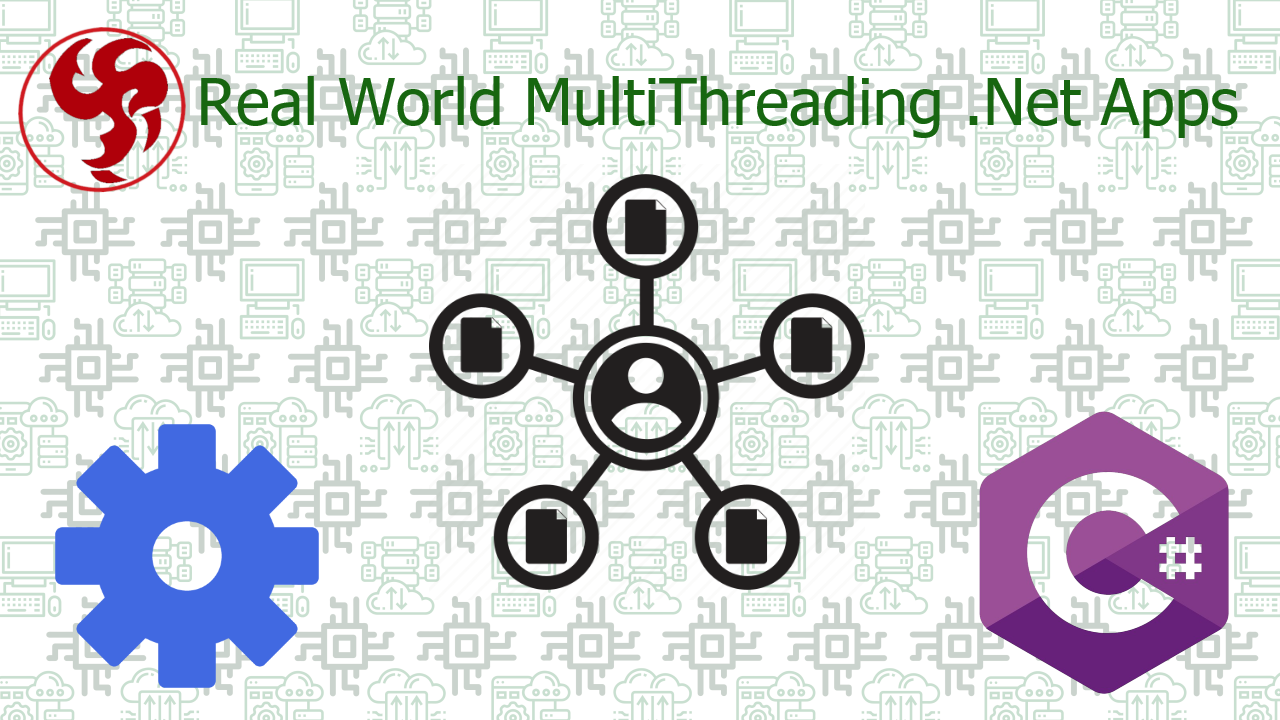Real World MultiThreading .Net Apps
Example 1: Parallelizing Data Processing
Imagine you have a large collection of data that needs to be processed, and you want to speed up the task by utilizing multiple CPU cores. This is a perfect scenario for leveraging multithreading. Here’s a simplified example:
In this example, Parallel.ForEach splits the data into multiple chunks and processes them concurrently, utilizing all available CPU cores efficiently.
Example 2: Responsive UI with Async/Await
In modern .NET applications, responsive user interfaces are crucial. When performing long-running operations, such as network requests, you should use asynchronous programming to prevent blocking the UI thread. Here’s a simple UI application using Windows Forms:
In this example, we use async/await to perform a web request asynchronously without freezing the UI. The UI remains responsive while the download operation is in progress.
Example 3: Producer-Consumer Pattern
The producer-consumer pattern is useful when dealing with asynchronous data processing, such as handling messages in a message queue. Below is a simplified example:
In this example, the producer and consumer tasks run concurrently, with the producer adding data to the queue, and the consumer processing it. The BlockingCollection ensures safe synchronization between them.
These real-world examples demonstrate the versatility and power of multithreading in .NET applications. Whether you’re optimizing data processing, building responsive UIs, or implementing complex concurrency patterns, multithreading in .NET can help you achieve your goals efficiently and effectively. Remember to handle synchronization and thread safety carefully to avoid potential issues in your applications.
